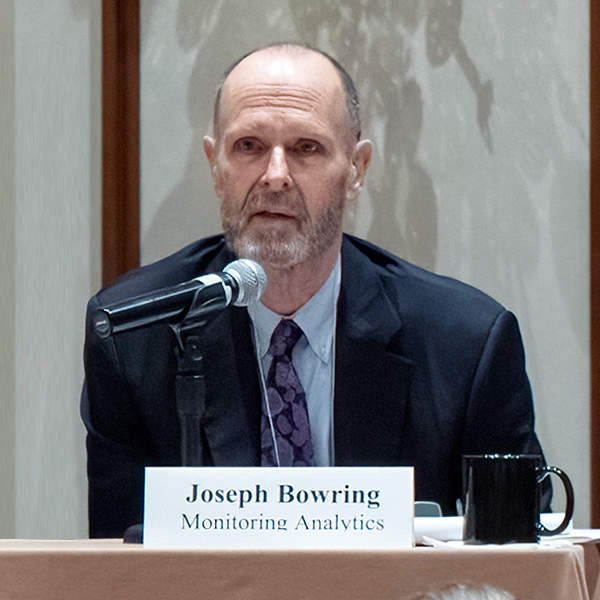
Synchronized reserves have seen a drop in prices since PJM implemented market overhauls at the start of October, the RTO says.
According to a presentation given during the Market Implementation Committee’s meeting Dec. 7, the average clearing price in both the day-ahead and real-time markets was less than $2/MWh for the first two months of the new market rules. In October, the day-ahead prices were $0 for over 95% of the hours, while in November that lowered to 87%.
The presentation said the “significantly reduced” prices are believed to be caused by the lowering of the offer cap from $7.50/MWh to 2 cents, and by the must-offer requirement expanding the pool of resources providing synchronized reserve services. In the real-time market, prices were at or below 2 cents for about 72% of the hours in September, prior to the changes being implemented, while that share climbed to 96% in October.
The changes, approved by FERC in May 2020, aligned the day-ahead and real-time market products with the aim of eliminating the practice of PJM having to go out-of-market to procure reserves. Both the commission and PJM indicated then that they believed the changes would lead to increased pricing. (See FERC Approves PJM Reserve Market Overhaul.)
The commission partially reversed its previous order in January, saying that changes it had made to PJM’s operating reserve demand curve (ORDC) were a mistake. The downward sloping ORDC approved by FERC in 2020 would have allowed LMPs to exceed $12,050 during extreme shortages. (See FERC Reverses Itself on PJM Reserve Market Changes.)
Dana Guernsey, co-founder of distributed energy resource provider Voltus, said the price fall appears to have caught most by surprise. While she said two months of data are still not enough to be sure of the impact, if the lowered prices persist, they may not provide the appropriate incentives for some resources to continue to provide reserves.
“PJM set out to reform their market to accurately reflect the reliability value of reserves, but the prices we’re seeing do not actually create efficient market signals … at a time when reserves are more and more important,” she said.
She noted that a 2018 price formation paper published by PJM explained the stated focus of the changes was to enhance the reserve markets “by more directly aligning the reliability value of reserves with the clearing price for them and strengthening incentives for performance when reserves are deployed.”
Ken Schisler, CPower Energy senior vice president of regulatory affairs, agreed that the scale of the price fall was more significant than expected.
“The drop in pricing is deeper than many at PJM and in the industry anticipated. We are keeping an eye on pricing, and in the meantime we are evolving our portfolio and market participation based upon the price signals the market is sending us,” he said.
Throughout the discussion of how the changes were expected to function once live in the markets, it was imagined that they would likely lead to prices increasing. Guernsey hypothesized that FERC revisiting its 2020 order and removing the ORDC provisions, but leaving the rest of PJM’s proposal, may have distorted the intent and functionality of the changes.
“Maybe the original price formation proposal got edited so many times along the way that now we’re seeing unintended consequences,” Guernsey said. “It seems like the original goals not only were not accomplished, but we might even be seeing the opposite effect take hold.”
She suggested that PJM consider increasing the offer cap above the newly adopted 2-cent maximum.
“The offer cap is meant to reflect the expected value of the penalty for failing to provide synchronized reserves. I don’t understand how a 2-cent penalty is a healthy market signal if the goal is reliable reserve resources,” she said.
 Monitoring Analytics President Joe Bowring | © RTO Insider LLC
Monitoring Analytics President Joe Bowring | © RTO Insider LLCIndependent Market Monitor Joe Bowring said that, based on the data to date, the market prices appear to be the result of market fundamentals; supply increased significantly and prices decreased. Bowring said he does not believe the price decline will have an overall significant impact on demand response providers, as more than 95% of their revenues are derived from the capacity market.
Increasing prices is not the goal of the market design, and higher prices are not by definition more efficient, Bowring said; prices should reflect the actual supply and demand of reserves.
He said that there is no evidence that the price decrease was a result of removing the $7.50 adder and also argued that the previous adder was not accurate.
“The $7.50 was always an incorrect number. There was never a logical basis for the markup. It wasn’t based on costs,” he said.

